-
Welcome to 4Runners.com!
You are currently viewing as a guest! To get full-access, you need to register for a FREE account.
As a registered member, you’ll be able to:- Participate in all 4Runner discussion topics
- Transfer over your build thread from a different forum to this one
- Communicate privately with other 4Runner owners from around the world
- Post your own photos in our Members Gallery
- Access all special features of the site
Auxiliary high-beam tap to relay, lights flickering in DRL mode
Discussion in '5th Gen 4Runners (2010-2024)' started by mynameistory, Mar 3, 2020.

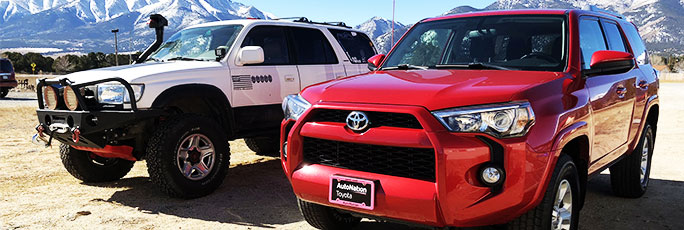
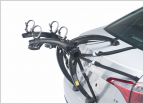 Trunk mount bike racks? (Rather than hitch mounted)
Trunk mount bike racks? (Rather than hitch mounted) Dash Scratches
Dash Scratches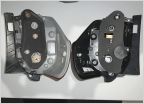 Upgrade Tail Lights - 10-13 to 14-22
Upgrade Tail Lights - 10-13 to 14-22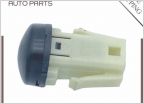 2022 4runner auto dash dimming sensor
2022 4runner auto dash dimming sensor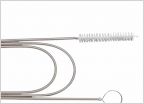 Water??
Water?? Sleeping mattresses for the back
Sleeping mattresses for the back


